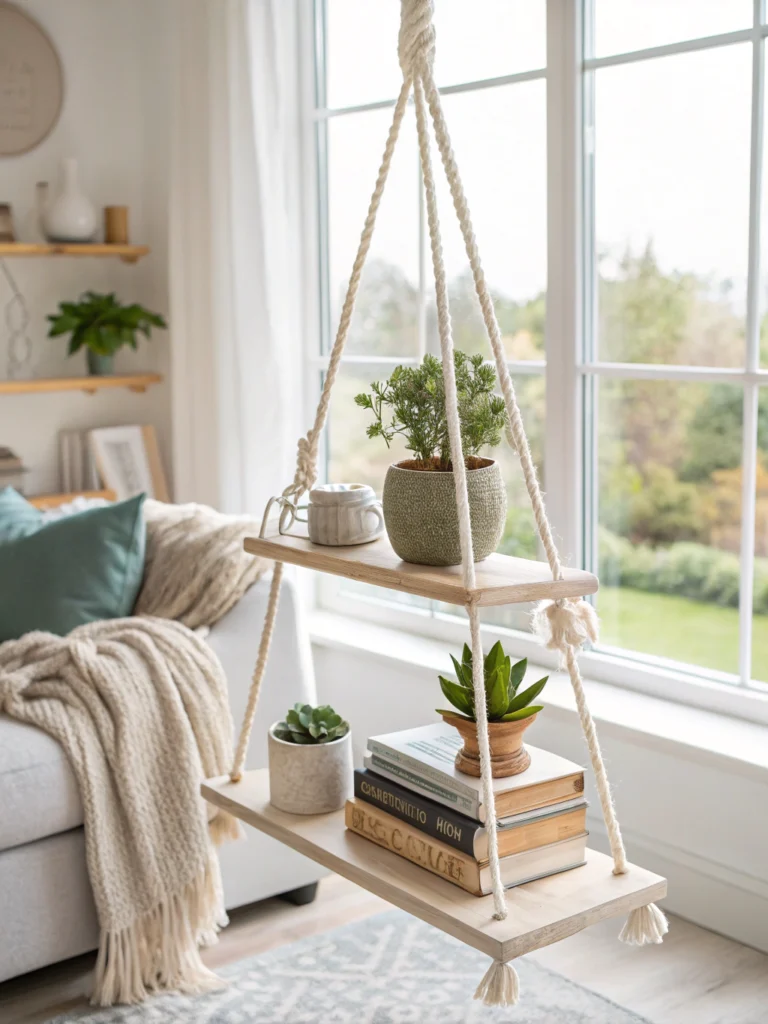.
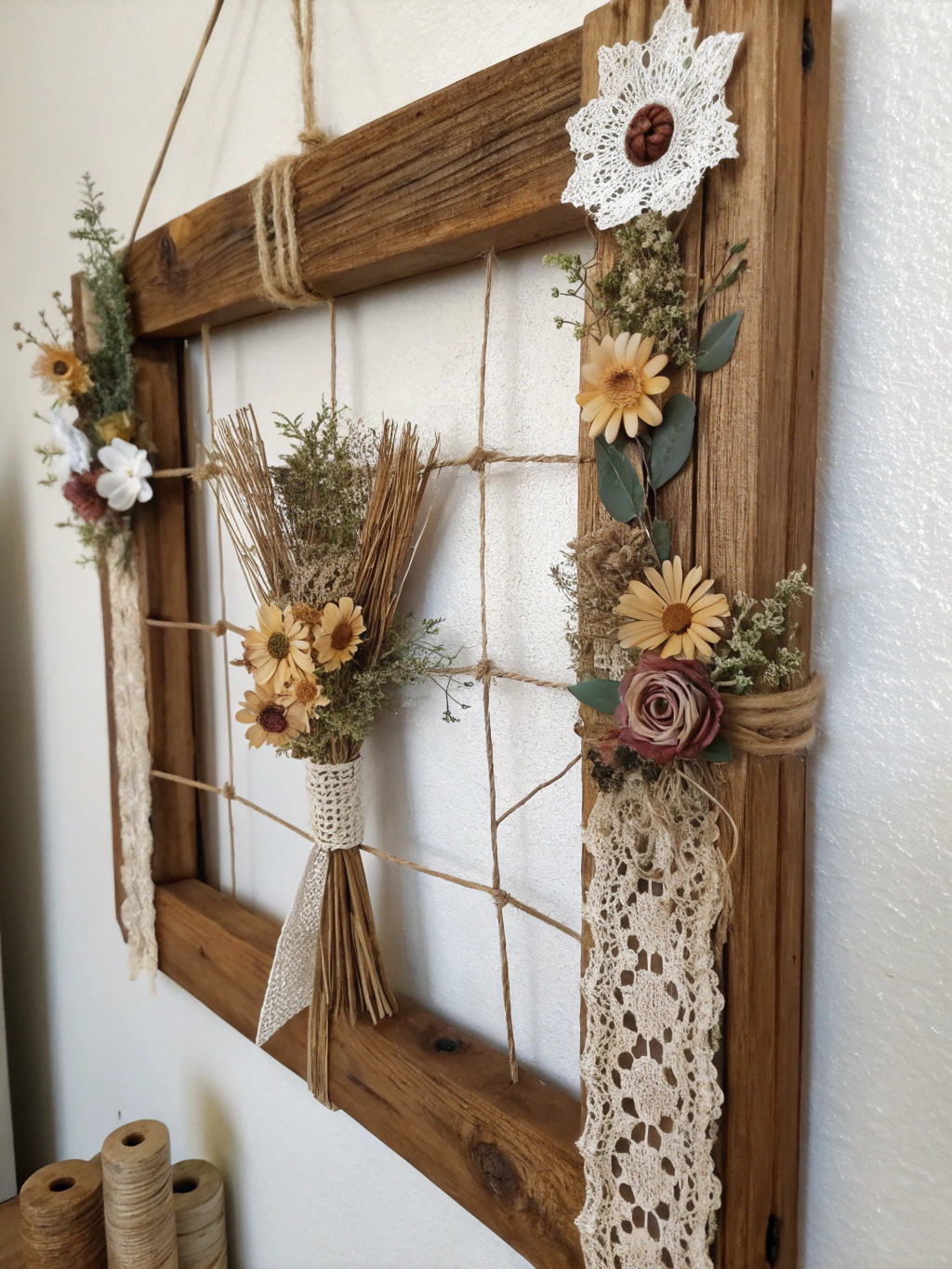
Bring warmth and personality to your home with beautiful, handcrafted DIY country wall art.
Introduction
Are you staring at bare walls, dreaming of a cozy, farmhouse-inspired space but feeling overwhelmed by expensive decor options? Crafting your own DIY country wall art is the perfect solution to infuse your home with rustic charm without breaking the bank. It’s a fantastic way to personalize your decor, express your creativity, and achieve that warm, inviting atmosphere you’ve always wanted.
This guide will walk you through five unique ideas, offering inspiration and practical steps to create stunning pieces that reflect your style. Say goodbye to blank canvases and hello to heartfelt, handmade beauty! We’ll explore various “DIY country wall art ideas, How to create DIY country wall art, Rustic DIY country wall art projects,” giving you plenty of options to choose from.
Table of Contents
What You’ll Need
Before we dive into the projects, let’s gather our supplies. Having everything ready will make the creative process smoother and more enjoyable. The specific materials will vary slightly depending on which project you choose, but here’s a general list of items commonly used for DIY country wall art.
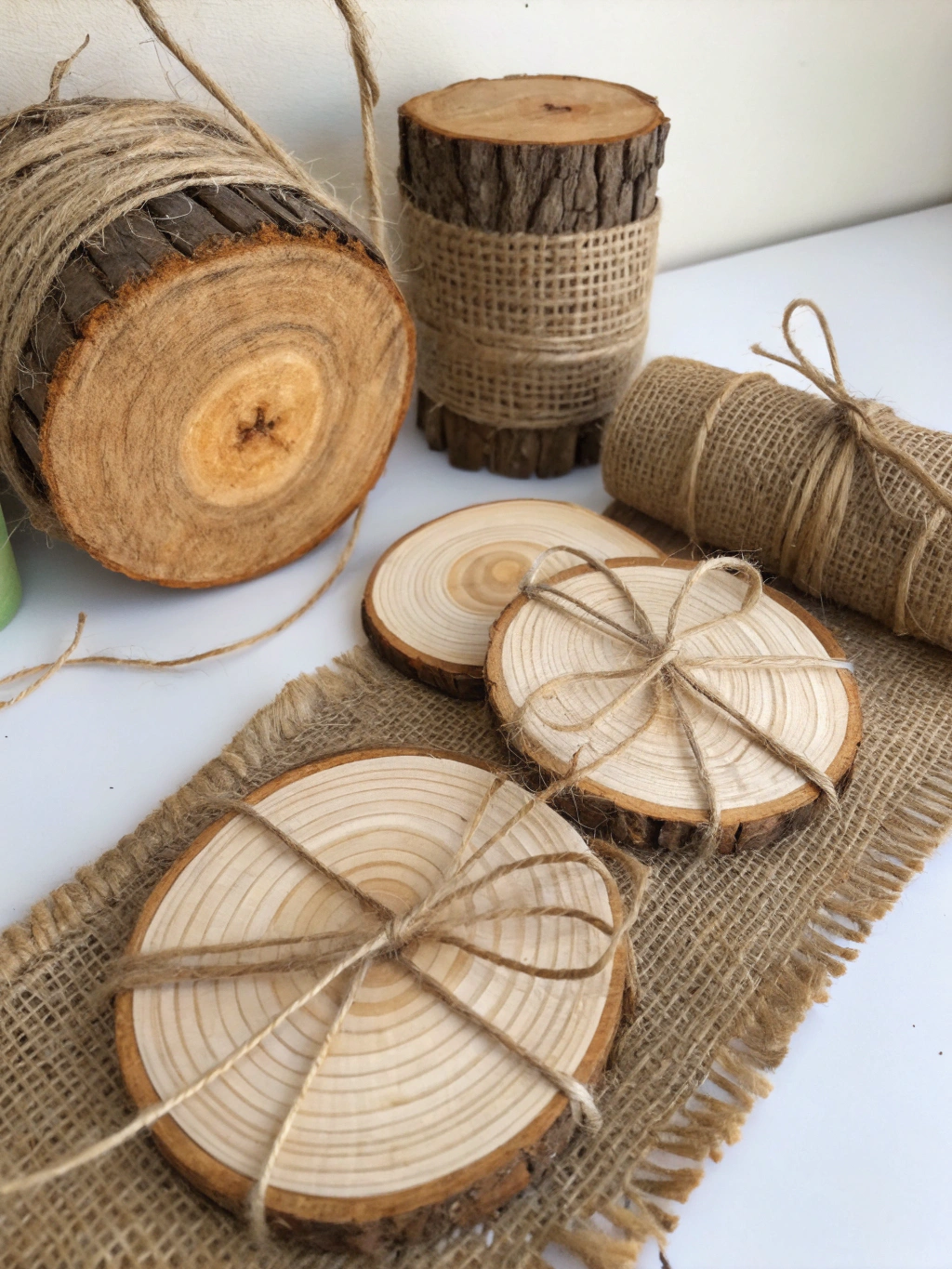
Gather your essential tools and materials to embark on your DIY country wall art adventure.
Materials:
- Reclaimed Wood or Pallet Wood: The heart of many rustic designs. This can often be sourced for free or at a low cost.
- Plywood or MDF Board: A good base for painted signs or decoupage projects.
- Canvas: For painted art or fabric-covered pieces.
- Acrylic Paints or Chalk Paints: Perfect for achieving that matte, vintage look.
- Wood Stain: To enhance the natural grain of the wood and give it an aged appearance.
- Paintbrushes: Various sizes for different techniques.
- Stencils: For lettering or intricate designs.
- Twine, Jute Rope, or Burlap: Adds texture and rustic detail.
- Faux Greenery or Dried Flowers: To bring a touch of nature indoors.
- Picture Hanging Hardware: (D-rings, sawtooth hangers, wire)
- Sandpaper: For smoothing wood and distressing painted finishes.
- Wood Glue: For assembling wood pieces.
- Mod Podge or Decoupage Glue: For adhering paper or fabric.
- Old Picture Frames: Can be repurposed and given a country makeover.
- Fabric Scraps: Think gingham, plaids, or simple calicos.
- Buttons, Beads, or Other Embellishments: For adding personal touches.
Tools:
- Saw: (Hand saw, jigsaw, or miter saw) for cutting wood.
- Drill: For making pilot holes and attaching hardware.
- Screwdriver or Drill Bits:
- Measuring Tape: Essential for accurate cuts and placement.
- Pencil: For marking.
- Safety Glasses: Always protect your eyes!
- Gloves: To protect your hands, especially when working with rough wood or stains.
- Level: To ensure your art hangs straight.
- Hot Glue Gun: For quick adhesion of embellishments.
- Staple Gun: Useful for attaching fabric to frames or wood.
- Craft Knife or Scissors: For cutting stencils, fabric, and paper.
Now that we have an idea of what we might need, let’s explore some inspiring DIY country wall art projects!
Project 1: Reclaimed Wood Sign with Stenciled Quote
One of the most popular “DIY country wall art ideas, How to create DIY country wall art, Rustic DIY country wall art projects,” is the classic reclaimed wood sign. It’s versatile and can be customized with your favorite quotes, family names, or charming farm-themed graphics.
Step 1: Prepare Your Wood
Step 1: Smooth and clean your reclaimed wood planks.
Start by selecting your reclaimed wood planks. These could be from an old pallet, a discarded fence, or even a barn. Ensure the wood is clean and free of any nails or staples. If the wood is very rough, give it a light sanding to remove splinters but try to preserve its weathered character. You can leave the wood its natural color, apply a light wash of paint (white or a muted color, then lightly sanded back), or use a wood stain to deepen its tone.
It’s important to consider the final look you’re aiming for. A more rustic, primitive piece might benefit from minimal sanding, while a slightly more refined country style might require a smoother finish. If you’re joining multiple planks, arrange them on a flat surface and attach them from the back using smaller wood strips and screws or wood glue and clamps.
Step 2: Create or Choose Your Stencil
Next, decide on the quote or design for your sign. You can create your own stencils using a Cricut machine or similar cutting tool, or purchase pre-made stencils from a craft store. Popular choices for country themes include phrases like “Home Sweet Home,” “Gather,” “Farmhouse,” or even a simple “Welcome.”
When choosing a stencil, consider the size of your wood and the complexity of the design. Simple, bold fonts often work best for rustic signs. If you’re creating your own, print out your design on cardstock or stencil film and carefully cut it out using a craft knife. Patience is key here for clean lines.
Step 3: Apply the Stencil and Paint
Position your stencil on the prepared wood, securing it with painter’s tape to prevent it from shifting. Using a stencil brush or a foam pouncer, apply your paint. It’s better to use a dabbing or stippling motion rather than a brushing motion, and apply thin coats to prevent paint from bleeding under the stencil. Acrylic or chalk paint works wonderfully for this.
Let the first coat dry slightly before applying a second if needed. Once you’re happy with the coverage, carefully remove the stencil while the paint is still slightly damp. This helps to avoid peeling. If any paint has bled, you can touch it up with a small, fine-tipped brush or gently sand it away once dry for a more distressed look.
Step 4: Distress and Finish (Optional)
For an extra touch of rustic charm, you can distress your sign. Once the paint is completely dry, lightly sand the edges of the wood and over the painted lettering. This creates a worn, aged appearance. Focus on areas that would naturally experience wear and tear.
Finally, you can apply a clear matte sealer or wax to protect your DIY country wall art and enhance its durability. This step is especially important if your sign will be displayed in an area with moisture, like a kitchen or bathroom. Attach picture hanging hardware to the back, and your beautiful reclaimed wood sign is ready to hang!
Project 2: Framed Fabric or Burlap Art
This project is fantastic for adding texture and pattern to your walls. It’s also incredibly budget-friendly, especially if you have fabric scraps or old picture frames lying around.
Step 1: Select Your Frame and Fabric
Step 1: Choose a rustic frame and complementary fabric.
Find an old picture frame. Don’t worry if it’s not perfect; a little wear and tear adds to the country charm! You can paint the frame, distress it, or leave it as is. Next, choose your fabric. Burlap is a classic choice for rustic decor. Other great options include gingham, plaid, calico, or even a simple linen or cotton fabric with a subtle print. For more “DIY country wall art ideas, How to create DIY country wall art, Rustic DIY country wall art projects,” HGTV often has great visual inspiration.
The size of your fabric should be larger than the frame’s opening, allowing enough excess to wrap around the backing board or to be stapled to the frame itself. Consider the color palette of your room when selecting your fabric to ensure it complements your existing decor.
Step 2: Prepare the Fabric and Backing
Remove the glass and backing from your picture frame. If your frame doesn’t have a sturdy backing, you can use a piece of cardboard or thin plywood cut to size. Lay your fabric face down on a clean surface and place the backing board (or the frame itself, if you’re stapling directly to it) on top.
Iron your fabric to remove any wrinkles or creases. This will ensure a smooth, professional-looking finish. If you’re using burlap, be gentle as it can fray easily.
Step 3: Attach the Fabric
Carefully pull the fabric taut around the backing board and secure it with a staple gun, hot glue, or strong craft glue. Start by stapling the center of each side, then work your way out to the corners, ensuring the fabric remains smooth and wrinkle-free. Trim any excess fabric. If you’re attaching directly to the back of an open frame (without backing), stretch the fabric across the opening and staple it to the inside edges of the frame.
For a neat finish, fold the raw edges of the fabric under before stapling. Pay extra attention to the corners, folding them neatly like you would when wrapping a gift. This is a crucial step for achieving a clean look for your DIY country wall art.
Step 4: Assemble and Embellish (Optional)
Once the fabric is securely attached, reinsert the fabric-covered backing into the picture frame. Secure it in place. Now, you can add embellishments if you wish! Consider hot-gluing a small dried flower arrangement, a wooden cutout (like a star or heart), or a few rustic buttons to one corner.
You could also stencil a simple word or initial onto the fabric before framing it. This adds a personalized touch. Ensure any embellishments align with the overall country aesthetic.
Project 3: DIY Window Pane Mirror
Old window panes have an inherent rustic charm. Turning one into a mirror not only adds character to your DIY country wall art collection but also helps to reflect light and make a space feel larger.
Step 1: Source and Prepare an Old Window Pane
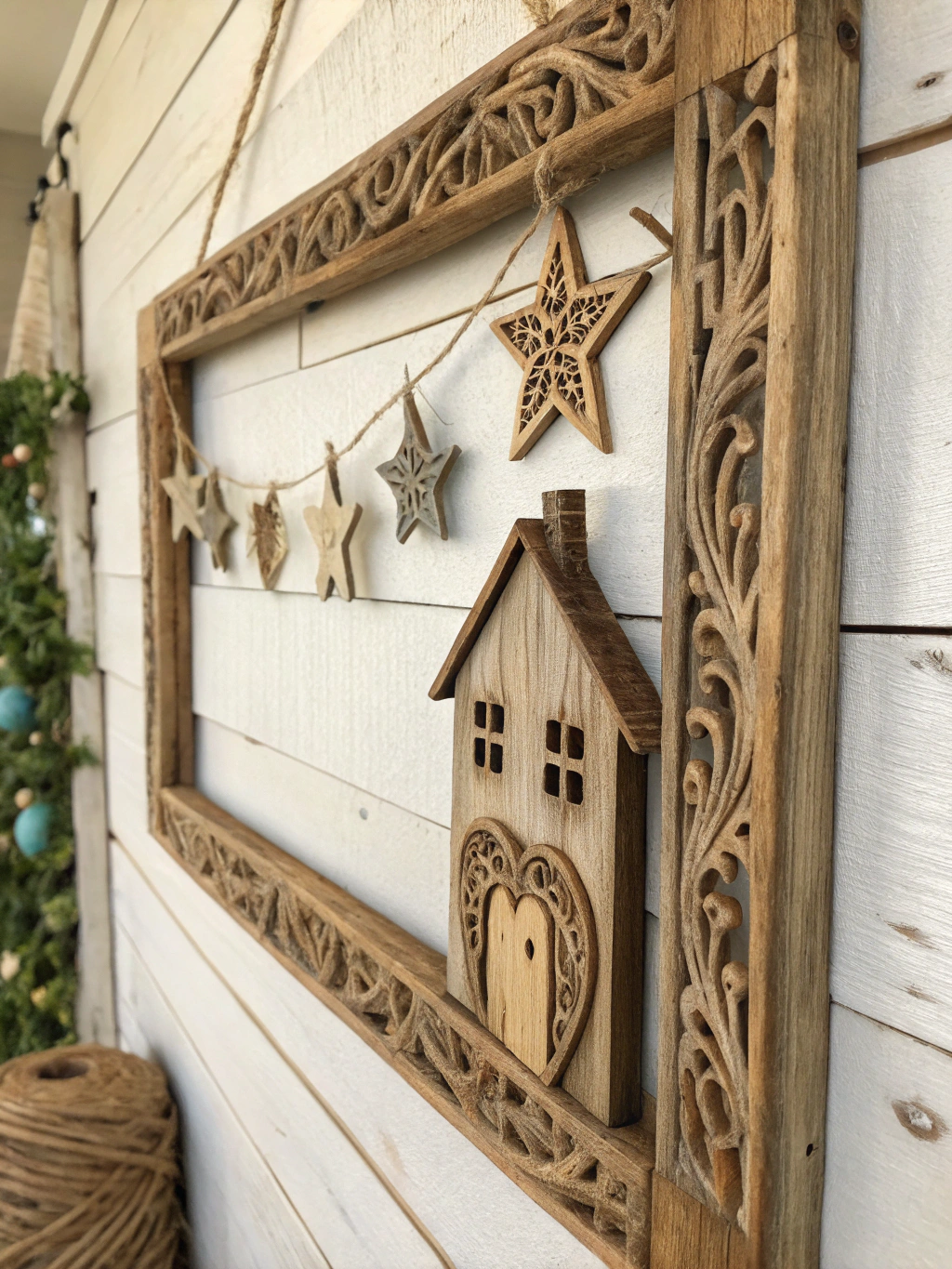
Step 1: Clean and prepare an old window pane.
Look for old, multi-pane window sashes at flea markets, antique stores, or salvage yards. Ensure the frame is sturdy. Carefully clean the window pane, removing any old paint chips, dirt, or putty. Be cautious if it’s very old, as it might contain lead paint – wear a mask and gloves. If you want to repaint the frame, now is the time. A distressed white or a muted color works well.
If the existing glass is broken or missing in some panes, you can either replace it with new glass cut to size or remove all the glass and use the frame itself to back individual mirror pieces. This project explores using mirror tiles or custom-cut mirror for each pane.
Step 2: Measure and Order/Cut Mirror Panes
Measure the openings of each pane where the mirror will go. You can have mirror glass custom-cut at a local glass shop, or you can purchase mirror tiles from a hardware or craft store and cut them to size if necessary (though this can be tricky and requires a glass cutter). For a more budget-friendly option, mirror-effect spray paint can be applied to clear acrylic sheets cut to size, though the reflection won’t be as crisp as real mirror.
Accuracy in measurement is key here. Double-check your dimensions before ordering or cutting. Remember to account for any slight variations in the sizes of the panes, as old windows are rarely perfectly uniform.
Step 3: Secure the Mirrors
Apply a strong adhesive suitable for mirrors (like mirror mastic or a specific construction adhesive that won’t damage the mirror backing) to the back of each mirror pane. Carefully place the mirror into its corresponding section on the back of the window frame. If your window originally had glazing points, you can use new ones to help hold the mirror in place. Alternatively, you can use small wooden strips or turn buttons screwed into the frame.
Allow the adhesive to dry completely according to the manufacturer’s instructions. It’s a good idea to lay the window frame flat while the adhesive cures to prevent the mirrors from shifting. Ensure there’s good contact between the mirror and the frame.
Step 4: Add Backing and Hanging Hardware
Once the mirrors are secure and the adhesive is dry, you can add a backing board (like thin plywood or hardboard) to the entire back of the window frame. This protects the mirrors and gives a more finished look. Secure the backing board with small nails or screws.
Finally, attach heavy-duty picture hanging hardware (like D-rings and wire) suitable for the weight of the window pane mirror. This type of DIY country wall art can be quite heavy, so ensure it’s hung securely on a stud or with appropriate wall anchors.
Project 4: Twine or Jute Rope Word Art
This is a beautifully simple yet effective way to create textual DIY country wall art. The natural texture of twine or jute rope adds instant rustic appeal.
Step 1: Design Your Word and Prepare Base
Step 1: Sketch your word onto a wood base.
Decide on the word you want to create – “love,” “home,” “family,” or even a single initial. Sketch your word in a cursive or a simple, flowing font onto a piece of wood (plywood, reclaimed wood, or even a painted canvas). Make the letters fairly large and thick enough to be easily covered with rope.
You can print out your chosen word in the desired font and size, then transfer it to the wood using carbon paper or by rubbing pencil on the back of the printout and tracing over it. This ensures a neat and consistent design. Learning “DIY country wall art ideas, How to create DIY country wall art, Rustic DIY country wall art projects,” often involves simple transfer techniques.
Step 2: Apply Glue Along the Design
Using a strong craft glue or a hot glue gun, carefully apply a line of glue along a section of your sketched design. Work in small sections, especially if using hot glue, as it dries quickly.
Ensure you apply enough glue to hold the rope securely, but not so much that it oozes out excessively from under the rope. A fine-tipped glue bottle can be helpful for more intricate parts of the letters.
Step 3: Press Rope onto Glue
Starting at one end of your word, carefully press the twine or jute rope onto the glued line. Hold it in place for a few moments until the glue begins to set. Continue this process, section by section, following your sketched design. For sharp turns or loops in the letters, you might need to gently manipulate the rope and hold it firmly until the glue grabs.
Use a craft stick or the end of a pencil to press the rope into tight corners or intricate curves. If you’re using multiple strands of rope side-by-side to create thicker letters, ensure they are aligned neatly. This project is a great example of how simple materials can create stunning DIY country wall art.
Step 4: Trim and Secure Ends
Once you’ve covered the entire word with rope, trim the ends neatly with sharp scissors or a craft knife. Apply an extra dab of glue to the cut ends to prevent them from fraying and to secure them firmly to the board.
Inspect your work and add any extra dabs of glue where needed to ensure the rope is well-adhered. Allow the glue to dry completely before hanging your new piece of textured wall art. You can add a sawtooth hanger to the back for easy display.
Project 5: Mason Jar Wall Sconces / Vases
Mason jars are a staple in country decor. Turning them into wall-mounted sconces or vases is a charming and practical DIY country wall art project.
Step 1: Prepare Wood Backing and Jars
Step 1: Stain or paint your wood backing and clean Mason jars.
You’ll need a piece of wood for each sconce (reclaimed wood, a small plank, or even a decorative wood slice works well). Sand the wood smooth and then stain or paint it to your desired finish. Clean your Mason jars thoroughly. You can leave them clear, or paint them (chalk paint works well for a rustic look – you can paint the inside or outside).
Consider the size of your Mason jar when selecting your wood backing. The wood should be large enough to provide a stable base and a pleasing visual balance. Drilling a hole near the top of the wood backing now will make hanging easier later.
Step 2: Attach Hose Clamps or Hangers
The most common way to attach Mason jars to the wood is using stainless steel hose clamps, which you can find at any hardware store. Screw the hose clamp (loosened) directly onto the wood backing, positioning it where you want the jar to sit. Alternatively, you can use decorative L-brackets or specialized jar hangers.
Ensure the clamp is securely fastened to the wood. The clamp should be positioned so that when tightened, it will hold the neck of the Mason jar firmly. For a more decorative touch, you can paint the hose clamp to match your wood or jar.
Step 3: Secure Mason Jars
Slide the neck of the Mason jar into the loosened hose clamp. Position the jar and then tighten the clamp screw until the jar is held firmly in place. Be careful not to overtighten, which could break the glass.
If you’re using another type of hanger, follow its specific instructions for attaching the jar. The jar should feel secure and not wobble. This is a key step in learning “DIY country wall art ideas, How to create DIY country wall art, Rustic DIY country wall art projects,” safely and effectively.
Step 4: Fill and Hang
Now for the fun part! Fill your Mason jar sconces. You can use them as vases for fresh or faux flowers/greenery. They also look beautiful with battery-operated fairy lights or LED candles (never use real candles directly in wall-mounted jars unless they are specifically designed for it and there’s no flammable material nearby).
Hang your completed sconces on the wall using the pre-drilled hole or by attaching picture hanging hardware to the back of the wood. Arrange them individually or in a group for a lovely country display. This DIY country wall art adds both charm and functionality.
Final Result
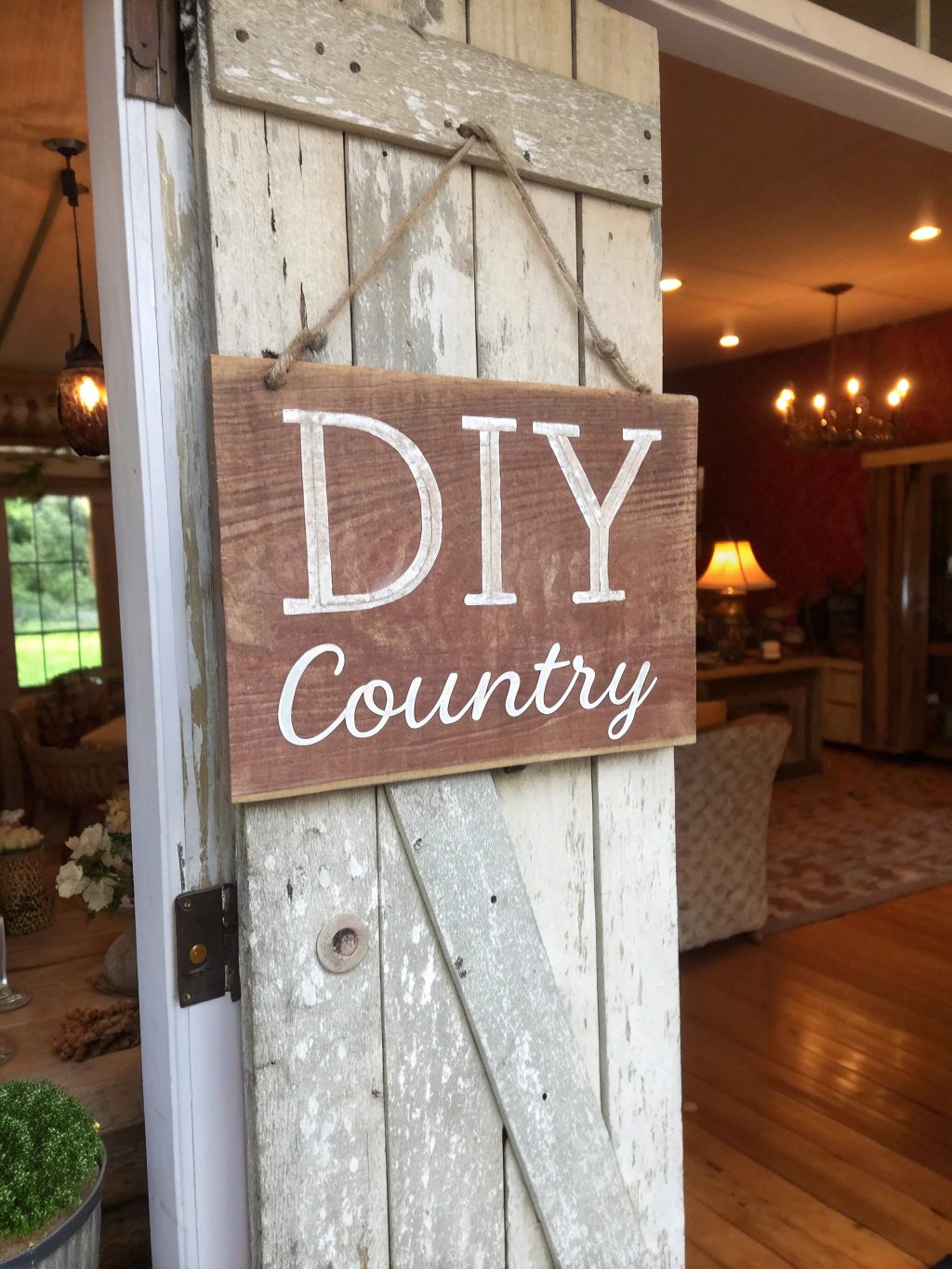
Your home, transformed with the warmth and character of handmade DIY country wall art.
And there you have it! Five unique DIY country wall art ideas to bring rustic charm and a personal touch to your home. Whether you opted for a stenciled wood sign, a framed fabric piece, a window pane mirror, textured rope art, or charming Mason jar sconces, you’ve created something truly special. Each piece tells a story and reflects your individual style.
The beauty of DIY is not just the final product, but the joy of the creative process itself. We hope these ideas have inspired you to pick up some tools and materials and start crafting. Remember, there are no strict rules – feel free to adapt these projects, mix techniques, and let your imagination guide you. For even more inspiration, check out resources like HGTV for a wide range of “DIY country wall art ideas, How to create DIY country wall art, Rustic DIY country wall art projects,”.
We’d love to see what you create! Share photos of your finished DIY country wall art projects in the comments below, or tag us on social media. Your creations might just inspire someone else to start their own DIY journey. Happy crafting!
Pro Tips / FAQs
Here are some frequently asked questions and pro tips to help you with your DIY country wall art projects:
Q1: Where can I find affordable materials for rustic DIY country wall art projects?
A: Great question! Look for reclaimed wood at local salvage yards, construction sites (with permission!), or even from old pallets (ensure they are heat-treated ‘HT’ and not chemically treated ‘MB’). Thrift stores are goldmines for old picture frames, fabric scraps, and unique items to repurpose. Dollar stores often have craft basics like twine, glue, and sometimes even small wood pieces. Don’t forget to check online marketplaces for free or cheap materials too!
Q2: How do I choose the right colors for my DIY country wall art?
A: Country decor often features a palette of warm neutrals, muted tones, and natural wood finishes. Think whites, creams, beiges, grays, soft blues, sage greens, and barn reds. Consider your existing room decor and choose colors that complement it. Chalk paints are excellent for achieving a matte, vintage finish. Don’t be afraid to use wood stains to bring out the natural beauty of the wood.
Q3: What’s the best way to distress painted wood for a rustic look?
A: There are several techniques! One popular method is to paint your wood, let it dry, and then use sandpaper (medium to fine grit) to gently rub away paint on the edges and corners, or any areas where natural wear would occur.
Another technique is the “wax resist” method: apply wax (like a plain candle) to areas you want the base color or wood to show through before applying your top coat of paint. Once the top coat is dry, lightly sand, and the paint won’t adhere well to the waxed spots, creating a chippy look. For further “DIY country wall art ideas, How to create DIY country wall art, Rustic DIY country wall art projects,” exploring distressing techniques from various sources like HGTV can be very helpful.
Q4: How can I ensure my DIY country wall art hangs straight?
A: A good level is your best friend! When installing hanging hardware on the back of your art, use a measuring tape to find the center and ensure hooks or wires are placed evenly. Before drilling holes in your wall, hold the art up, use a level on top of the frame, and mark your drilling spots with a pencil. For heavier pieces, always try to hang on a wall stud or use appropriate heavy-duty wall anchors.
Q5: Any tips for beginners who are new to DIY projects?
A: Absolutely! Start simple. Choose one of the easier projects from this list, like the framed fabric art or the basic stenciled sign. Read through all the instructions before you begin and gather all your materials. Don’t be afraid to make mistakes – they are part of the learning process! Watch video tutorials if you’re unsure about a particular technique. Most importantly, have fun and enjoy the satisfaction of creating something with your own hands. There are many fantastic resources available for [DIY country wall art](https://www.fixdiy.site/fathers-day-crafts-for-toddlers-diy/) specifically for beginners.
What are your favorite DIY country wall art ideas? Share your thoughts and tips in the comments below!
Don’t forget to subscribe to our newsletter for more DIY inspiration, tips, and exclusive content delivered straight to your inbox. And if you found this post helpful, please share it with your fellow home improvement enthusiasts on social media!

